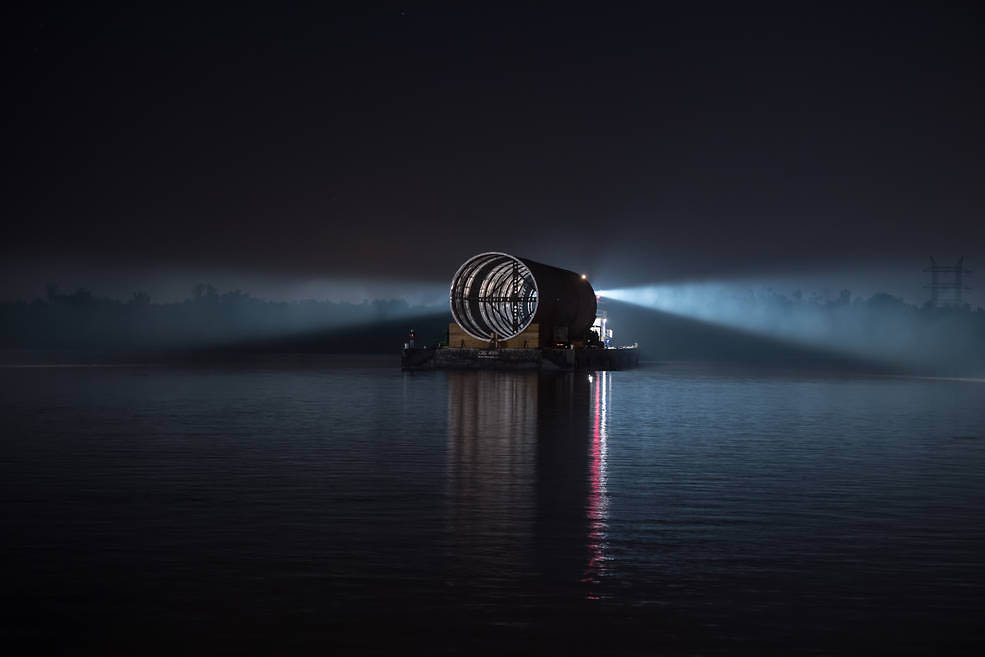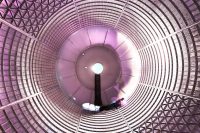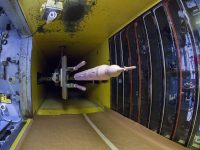The Space Launch System (SLS) core stage pathfinder, which is similar in similar in size, shape and weight to the 212-foot-tall core stage, arrived at NASA’s Michoud Assembly Facility early in the morning on September 27, 2017. (NASA/MSFC/MAF/Steven Seipel)
Home The Space Launch System (SLS) core stage pathfinder, which is similar in similar in size, shape and weight to the 212-foot-tall core stage, arrived at NASA’s Michoud Assembly Facility early in the morning on September 27, 2017. (NASA/MSFC/MAF/Steven Seipel) The Space Launch System (SLS) core stage pathfinder, which is similar in similar in size, shape and weight to the 212-foot-tall core stage, arrived at NASA’s Michoud Assembly Facility early in the morning on September 27, 2017. (NASA/MSFC/MAF/Steven Seipel)




